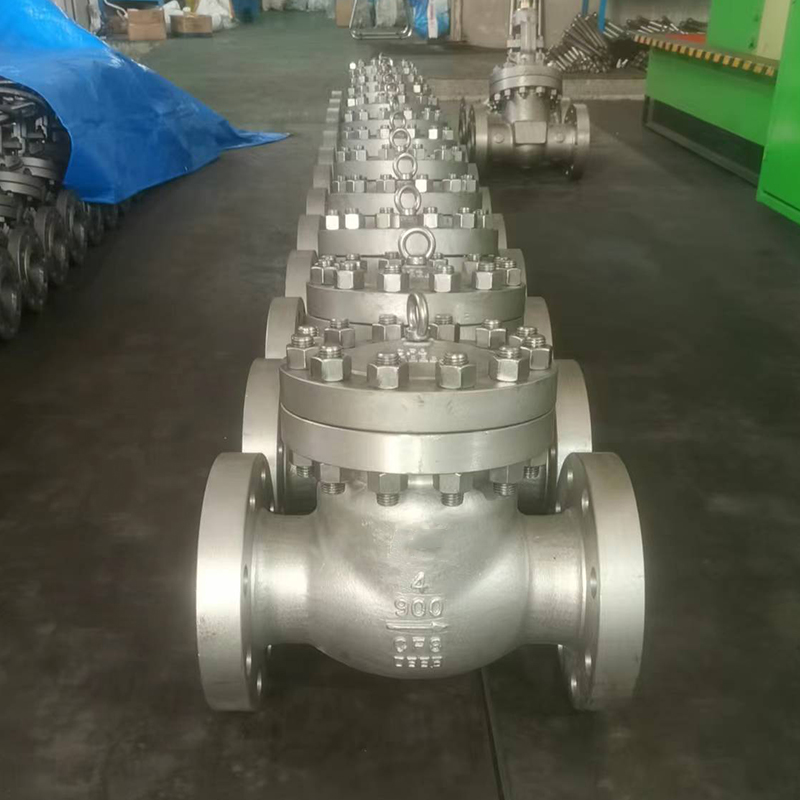
The Combined Butterfly Check Valve is a modern solution designed to merge two valve functions—flow regulation and backflow prevention—into a single compact unit. Its development reflects decades of evolution in industrial valve technology aimed at improving efficiency, reducing installation space, and simplifying system design.

The origin of butterfly valves dates back to the mid-20th century when the demand for lightweight, quarter-turn valves grew across waterworks, HVAC, and process industries. These valves offered faster operation and simpler construction compared to gate or globe valves. Check valves, on the other hand, have been in use for centuries, mainly in water systems to prevent reverse flow and protect equipment like pumps and compressors.
As industrial systems became more complex, the idea of combining the two valve types into a single body gained interest. This led to the development of the Combined Butterfly Check Valve, which includes a rotating disc that also acts as a non-return mechanism. This integration eliminated the need to install two separate valves, thereby saving space and reducing material costs.
This type of valve is particularly useful in pump discharge lines, where both flow control and backflow protection are required. Over time, the design has improved with better sealing materials, corrosion-resistant coatings, and more precise disc mechanisms.
Today, the Combined Butterfly Check Valve continues to evolve, with manufacturers offering models that support higher pressures, longer service life, and easier maintenance. Its history highlights the industry's focus on combining functionality and reliability in compact, cost-effective valve designs.
The Double Flanged Short Pattern Butterfly Valve is a widely used valve type valued for its compact length, ease of installation, and suitability for tight spaces. Its service life, however, depends on several important factors including material selection, operating conditions, maintenance, and installation practices.
One key factor is the quality of the materials used in the valve's body, disc, and sealing components. If the Double Flanged Short Pattern Butterfly Valve is made from corrosion-resistant materials like stainless steel or ductile iron with epoxy coating, it is better equipped to withstand harsh environments and chemical exposure. The sealing element, often made from elastomers like EPDM or NBR, must also be compatible with the process fluid to prevent premature wear or leakage.
Operating conditions such as pressure, temperature, and flow velocity can significantly impact the valve's durability. High cycling frequency—frequent opening and closing—can accelerate wear on the disc and shaft components. Abrasive or particulate-filled fluids may erode the sealing surfaces or cause damage to the disc edges, shortening the valve's life.
Another critical factor is proper installation. The Double Flanged Short Pattern Butterfly Valve should be aligned carefully between pipe flanges, and the bolts should be tightened evenly to prevent stress on the valve body. Misalignment or over-torquing can cause leakage or internal component strain, reducing valve performance over time.
Maintenance practices also play a role in extending service life. Periodic inspection of the disc, seat, and shaft helps identify wear early and allows for timely repair or replacement. Lubricating moving parts, if applicable, and ensuring the valve operates within its designed limits can prevent mechanical issues and extend usability.

